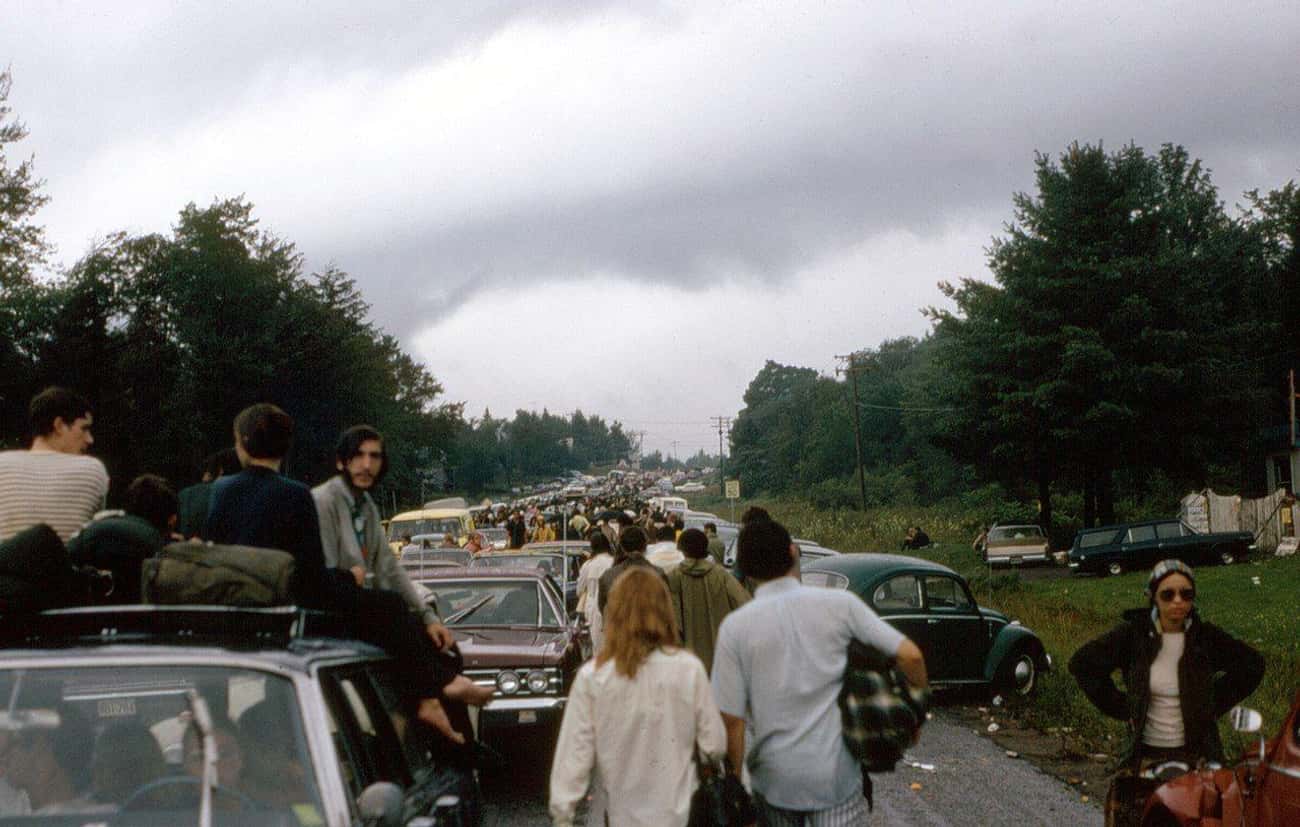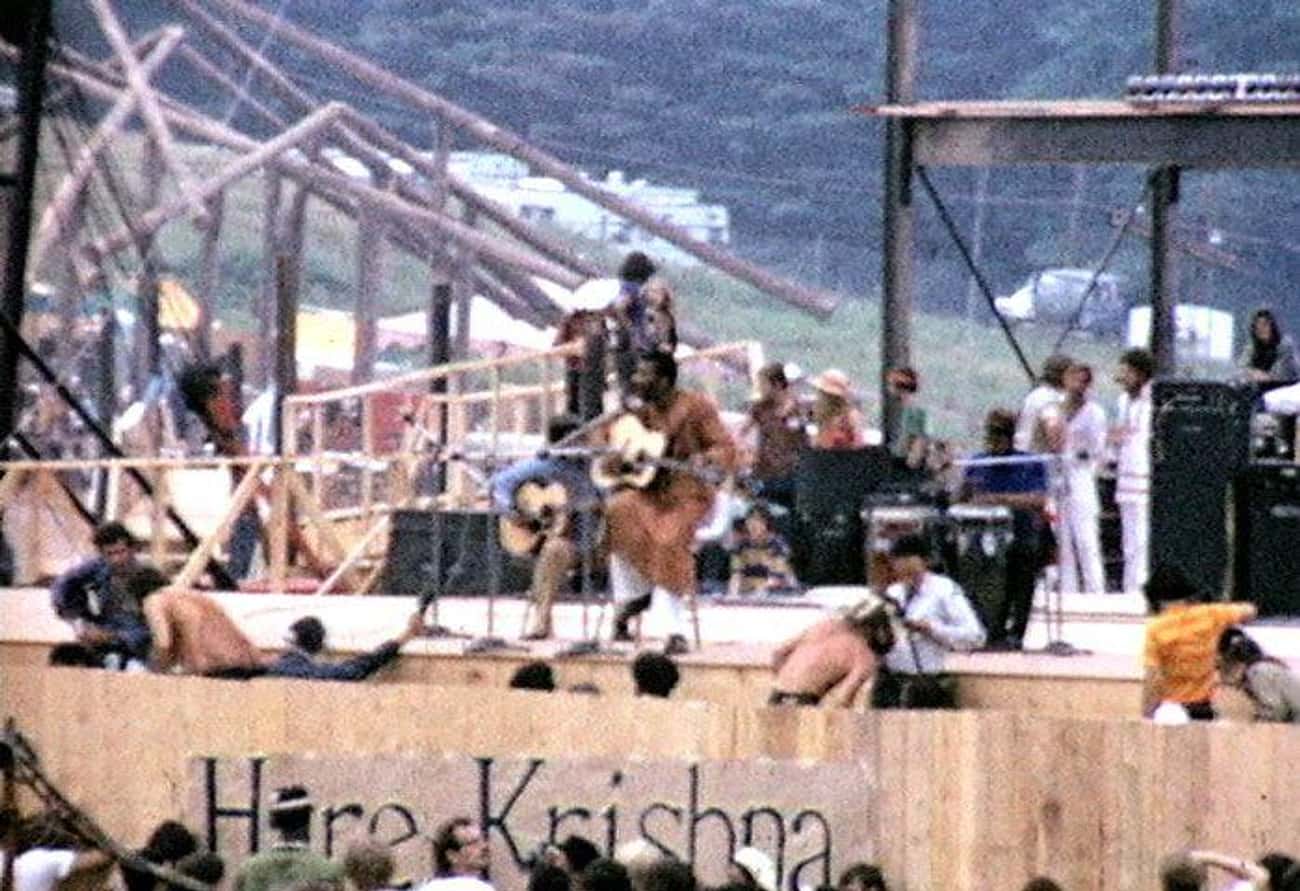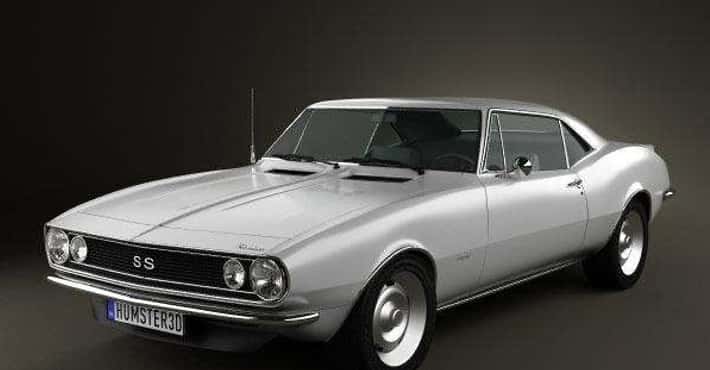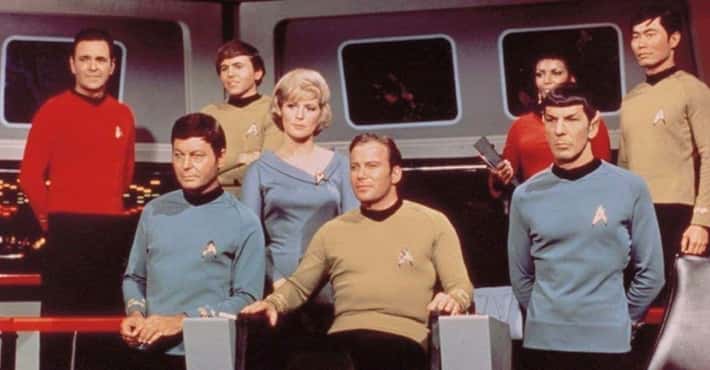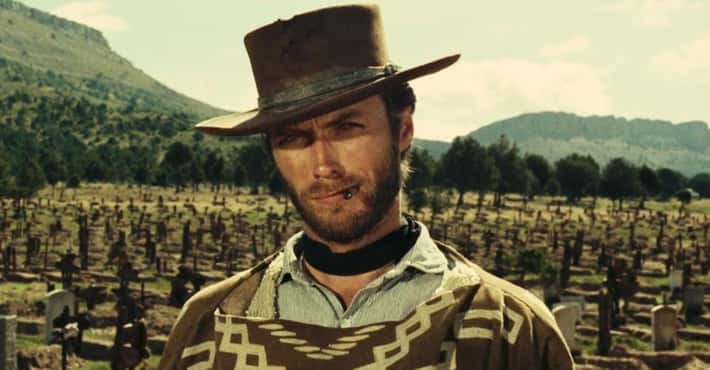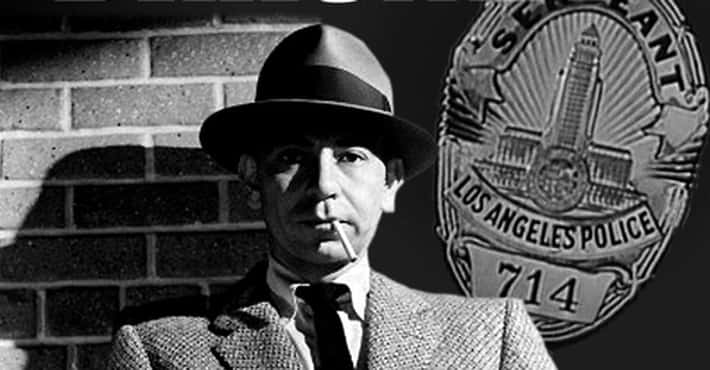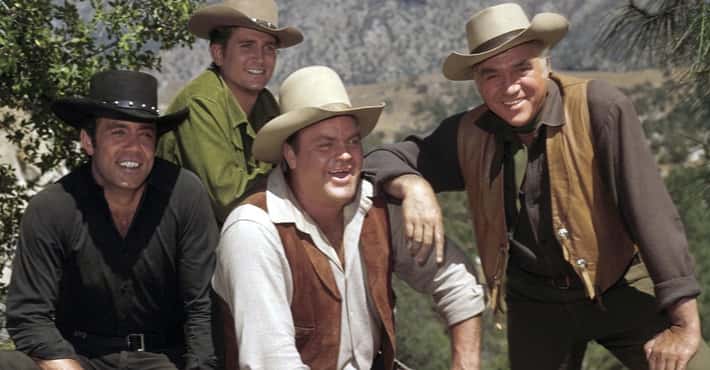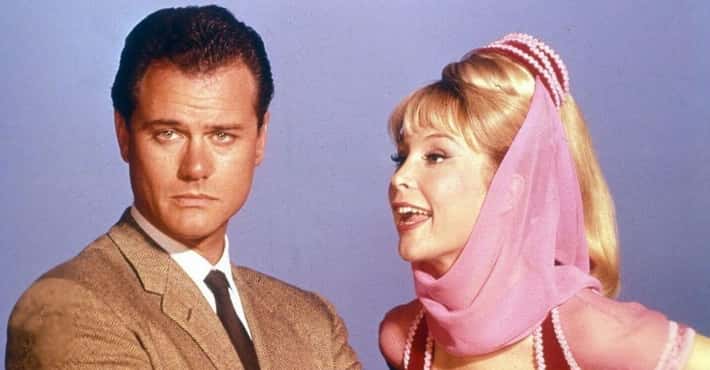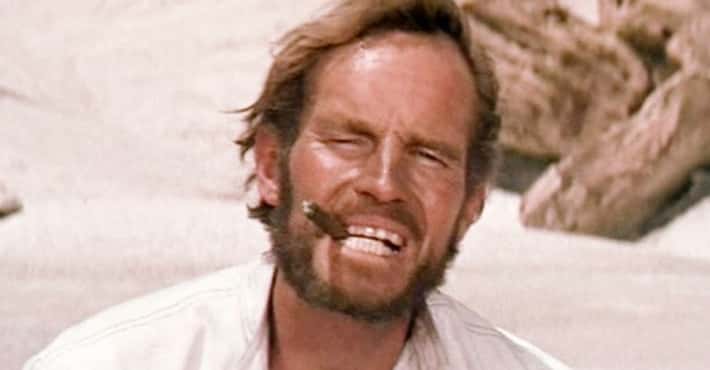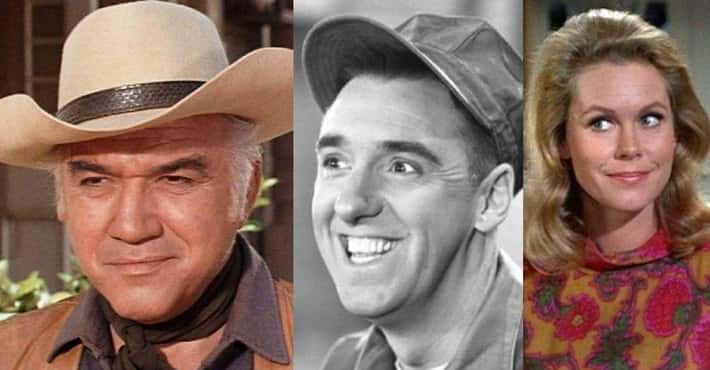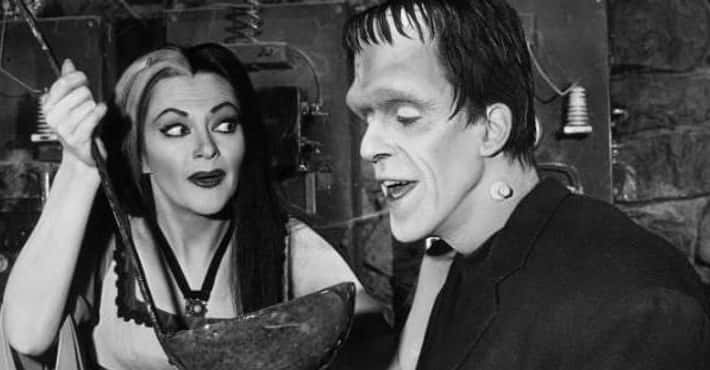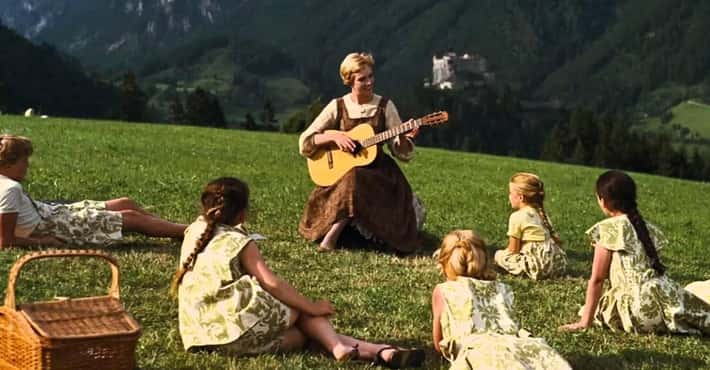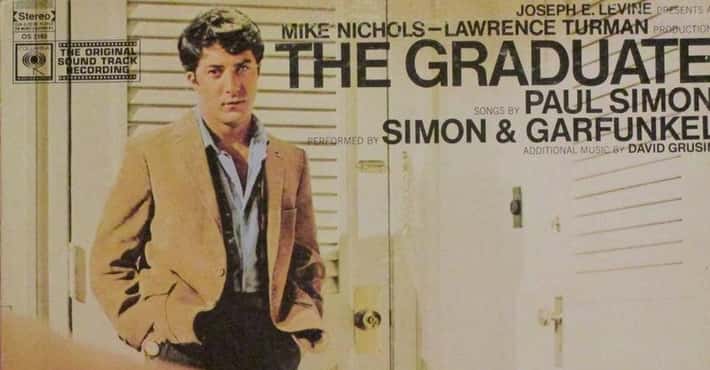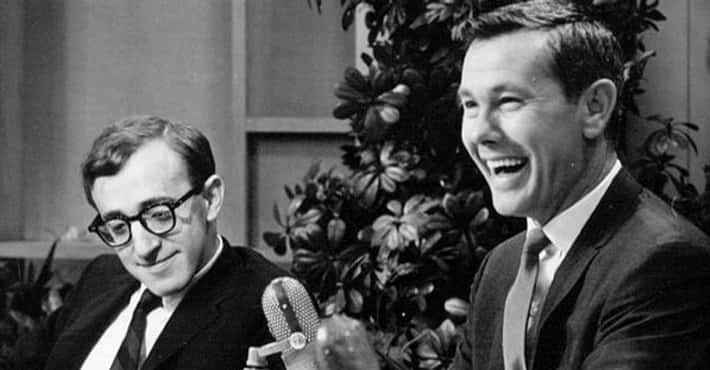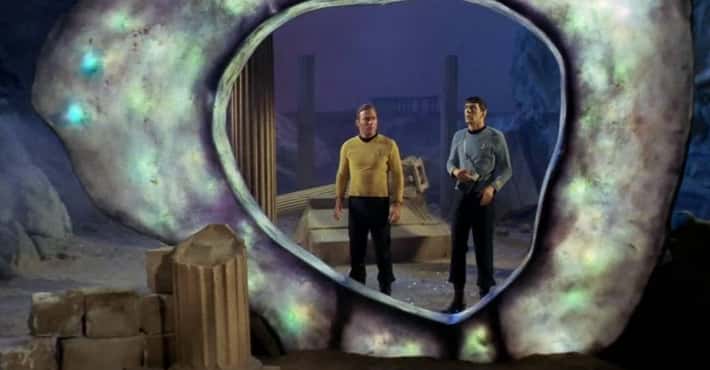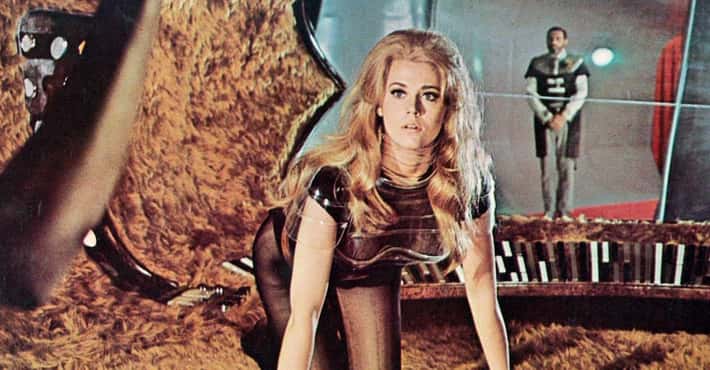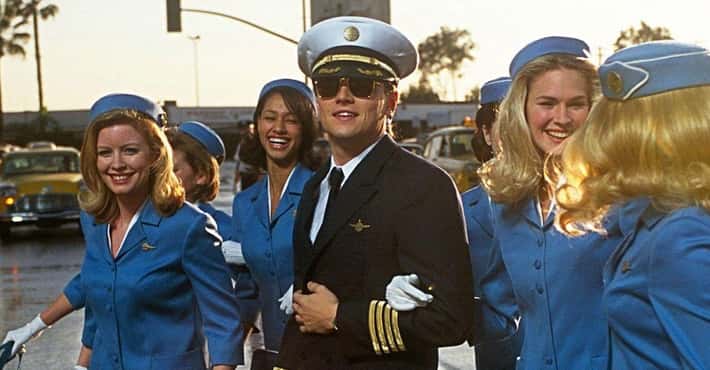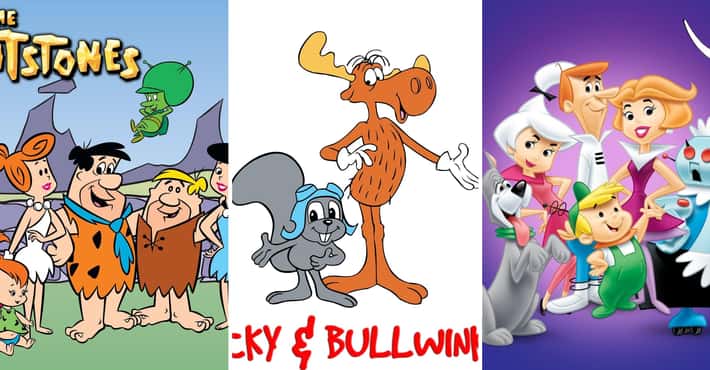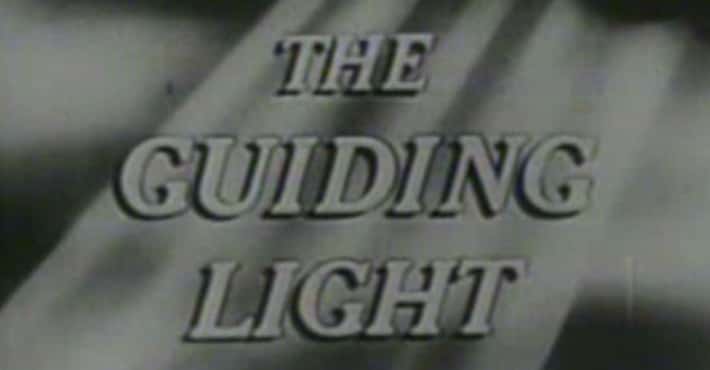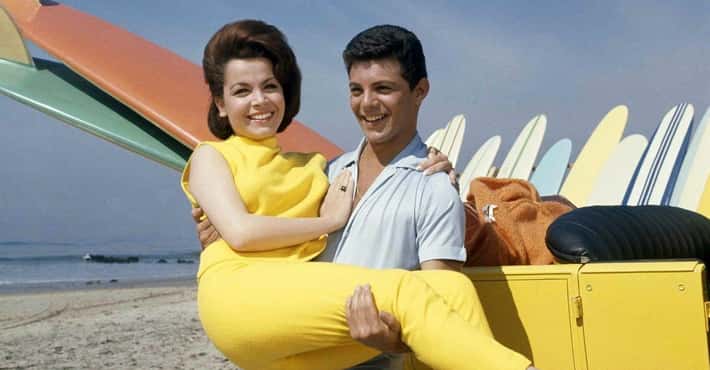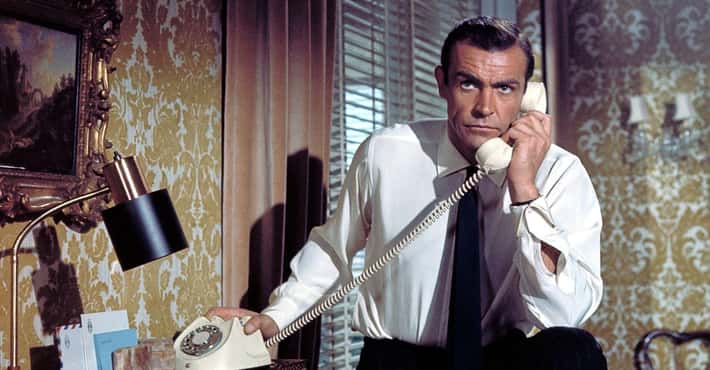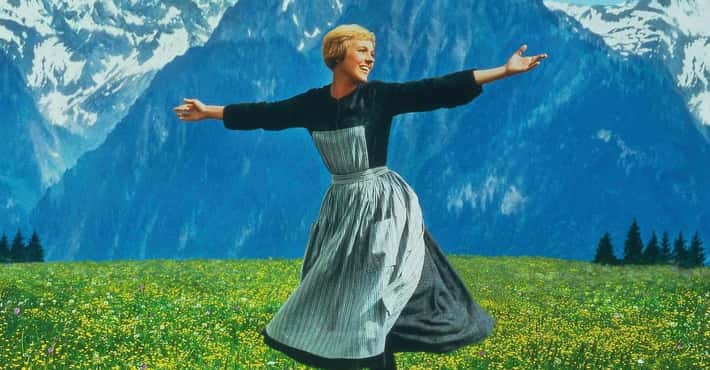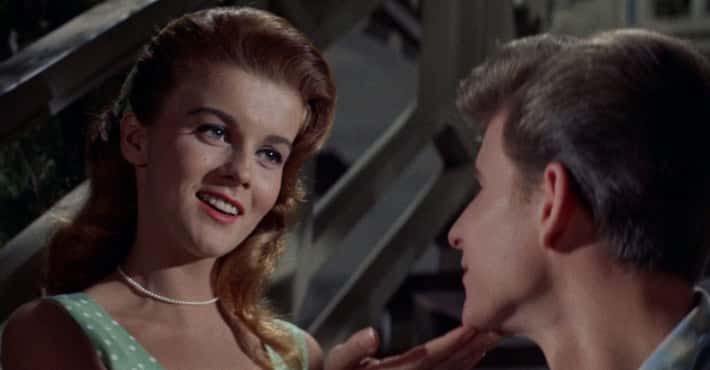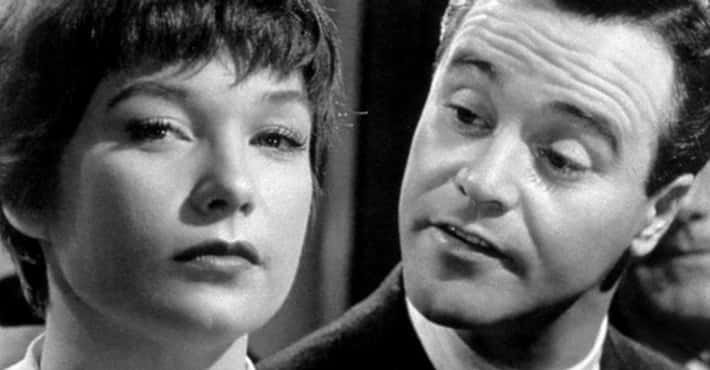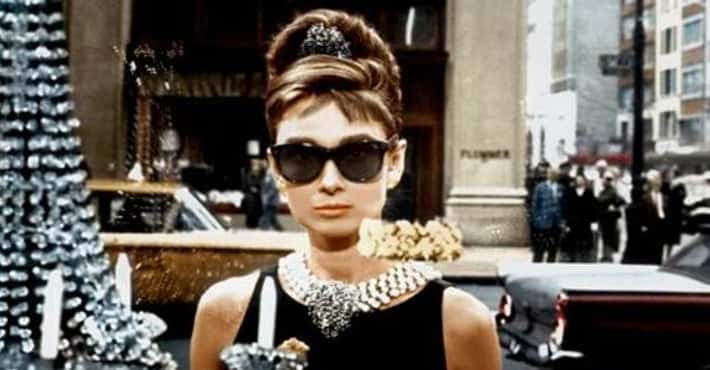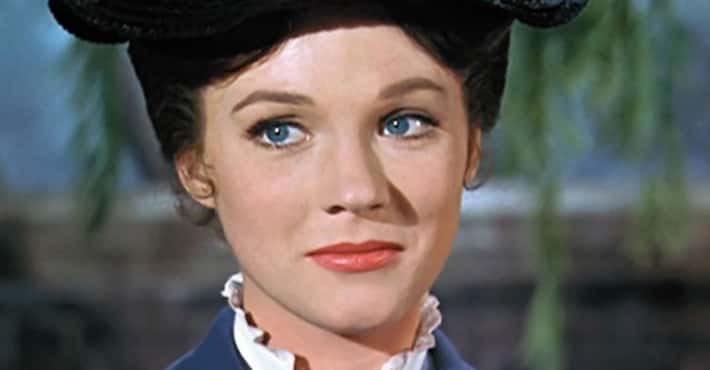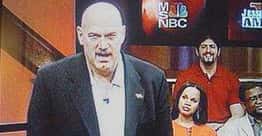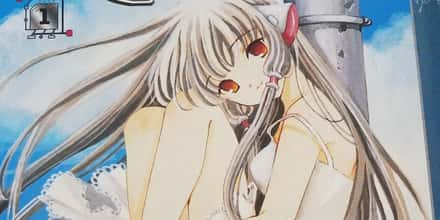People At Woodstock Describe What It Was Really Like
Woodstock Almost Didn't Happen
Photo: Heinrich und Friedl Winter / Wikimedia Commons / Public DomainWoodstock got its name because the promoters initially hoped to find a venue for the festival in or near rustic Woodstock, NY - a small town several hours north of New York City. Local authorities quickly refused to issue permits not only in Woodstock but also in the nearby town of Saugerties, NY. Negotiations began with the town of Walkill, and while a 300-acre site was leased, local opposition eventually prompted the town's zoning board to ban the venture. With less than six weeks remaining before the August 15 concert, promoter Michael Lang received an offer to rent a 30-acre, run-down motel area in White Lake, NY, a tiny village in the town of Bethel.
When Lang realized the motel area was essentially a swamp, a local real estate agent took him instead to a 600-acre dairy farm owned by a man named Max Yasgur. The land was a natural bowl that led down to a small pond and seemed a perfect setting for what Lang had in mind. The land was leased and, despite some opposition from the officials in Bethel, the concert was on. On August 12, only three days before the show was to begin, promoters did not have enough funding to build both fencing and the elaborate stage required. However, by mid-day Wednesday, 50,000 people had already arrived, so the stage construction began.
"On Max Yasgur's 600 acres, everyone dropped their defenses and became a huge extended family," Lang wrote in his book The Road to Woodstock. "Joining together, getting into the music and each other, being part of so many people when calamity struck - the traffic jams, the rainstorms - was a life-changing experience. None of the problems damaged our spirit. In fact, they drew us closer. We recognized one another for what we were at the core, as brothers and sisters, and we embraced one another in that knowledge."
There Was A 20-Mile Traffic Jam Getting Into Woodstock
Photo: James M Shelley / Wikimedia Commons / CC BY-SA 4.0Michael Lang maintained throughout negotiations that the event was intended for no more than 50,000 people, despite already having sold hundreds of thousands of tickets. The first logistical problem ensued when the small upstate New York roads could not handle the resulting traffic. At its longest, the traffic jam on Bethel's Highway 17B stretched for 20 miles. Concert goers faced with a total standstill did the most logical thing under the circumstances - they abandoned their cars and began to walk to the festival site. Bonnie Geffen recalled this spontaneous moment to MSNBC:
“(We) drove in as far as we could and stopped. The car in front of us stopped and we stopped when we realized neither one of us could go any further.”
The New York State Police were not as impressed. They shut down two exits of the New York State Thruway to discourage additional vehicles.
The Traffic Delayed The Concert Itself
Photo: Derek Redmond and Paul Campbell / Wikimedia Commons / CC BY-SA 3.0Heavy traffic affected the start time of the concert, which was scheduled to begin at 3 pm with the band Sweetwater. However, the group - equipment and all - was among those stuck in the traffic jam. Promoter Lang talked Richie Havens into appearing hours after the deadline, as he was the only musician available. According to Sixties City, Havens recalled:
"We were there because we felt good about ourselves, happy to be in the same place with so many brothers and sisters who shared this common bond. We were there to look at each other, meet each other, identify our support for each other. We were there to celebrate. We would share this experience the rest of our lives. (We had) the feeling that Bethel was such a special place, a moment when we all felt we were at the exact center of true freedom."
Havens attempted to end his set several times. He was told to keep playing as there were no other acts ready to perform. For his final tune and seventh encore he merely improvised, using the word "freedom." This would become the theme song for the rest of Havens' career. When Havens died in 2013, by his request, his ashes were scattered at the Woodstock site.
The First Night Brought A Torrential Rain
Photo: Derek Redmond and Paul Campbell / Wikimedia Commons / CC BY-SA 3.0After Richie Havens performed, Sweetwater finally made it - thanks to a hastily acquired helicopter - and began playing at approximately 6:15 pm. Next was a Hindu monk, the Swami Satchidananda, who was forever afterward referred to in media as the "Woodstock Guru." At 10 pm, Indian sitarist Ravi Shankar took the stage. He brought with him the first of the weekend's torrential thunderstorms. It would turn the entire area into a sea of mud. Hendrik Hertzberg, initially excited to have gotten a decent spot in proximity to the stage, described the result in the New Republic:
"Our sleeping bags and clothes got hopelessly soaked and muddied. Our spot was right next to a sort of aisle - a thick, slippery, brown river of boots and muck. As we lay there, trying to sleep, a constant, never-ending stream of people moved back and forth. All night long, without cease, their feet sloshed and stomped and slammed a few inches from our heads. Some of these passers-by were chemically disoriented. Their panic and confusion made them heedless of their steps. The rain, the mud, the unending shuffling and tramping, the constant fear of having one’s face trodden on - all this made sleep difficult."
Official Security Was Cancelled And The Local Police Ignored The Rampant Drug Use
Photo: Woodstock Whisperer / Wikimedia Commons / CC BY-SA 4.0Security at Woodstock was supposed to be provided by off-duty New York City police officers, but only days before the concert, the NYPD deliberately reminded its employees that off-duty employment was prohibited. The only police presence was local forces from surrounding areas; they spent most of their time attempting to keep the access routes as orderly as possible. Arrests for drug possession were nonexistent; within the concert grounds itself, all sorts of narcotics were openly sold and traded, with LSD and marijuana being the most prevalent substances. Jim Phelan told the Fayetteville Observer:
"There was one stand selling LSD, one selling marijuana. They were having sales, offering two joints for the price of one, the police weren't interfering with it at all."
A massive cloud of marijuana smoke was perceptible for the three days and numerous "smoke camps" were erected where people hung out and shared cannabis with each other.
While Drugs Were Prevalent, Food And Toilets Were Scarce
Photo: Derek Redmond and Paul Campbell / Wikimedia Commons / CC BY-SA 3.0Official concession stands were out of food by late Friday night. The concessionaire was an entity entitled "Food For Love," which was a last-minute hire after corporate entities like Nathan's Hot Dogs and Restaurant Associates declined. Food For Love was overwhelmed by demand and began charging $1 per hot dog, when a typical price in the real world was just 25 cents. With huge lines and long waits, ultimately some festival-goers decided to burn down the concession stands. The Hog Farm Collective famously began cooking and distributing various granola and grain-based foods, but that required frequently leaving your tent or blanket, something many were reluctant to do.
Jim Shelly's story was quite common. He spent all of Saturday night looking for food, only to discover it was completely sold out. On the way back to his blanket outpost, someone gave him some oranges, which is all he and his friend ate the entire weekend. In a New Republic story, Hendrik Hertzberg described the minimal toilet facilities:
"It took an hour to pick one’s way through the crowd to the Port-O-Sans and wait in line. It could take another hour to get back, during which, with mounting anxiety, one would become convinced that one’s friends were forever lost in the darkness."
There Was A Lot Of Sex And Nudity At Woodstock
Photo: Mark Goff / Wikimedia Commons / Public DomainWhile some accounts say this aspect of the festival was exaggerated, many others said they were shocked at the lack of inhibition when it came to sex and nudity. Walter Mills was a 19-year-old recent high school graduate when he got to Woodstock, and told Newsday he couldn't believe what he was seeing:
There were all these people running around naked and swimming naked in this muddy water. I yelled over to my friend to hurry over, you're not going to believe this. I was 19, but I was still pretty naive. I remember looking out of our tent and there was this couple who just did it right there on the ground in front of us. I didn't know what to do. Later, she was still naked and came over and started talking to us. I think I needed a shovel to get my jaw off the ground.
This was not an isolated incident. Randy Holliday, 21, told the Fayetteville Observer that the nudity was practically natural in that environment: "It was like a small city nude at one time, it seemed very natural. The nudity was just a natural thing in that setting. There was a real kinship. You certainly felt like you were a part of something, I felt like it was a very sincere emotional bond with the generation at that time."
The Music Was Outstanding
Photo: James M Shelley / Wikimedia Commons / CC BY-SA 4.0One uniform aspect of Woodstock was the quality of the music. In a Huffington Post piece on the event 45 years later, Annie Birch recalled:
The acoustics were amazing; the sound went out, hit that hill full of people and bounced back to the camping area. I remember (yes, I really do) late Friday night listening to Arlo Guthrie’s performance echoing off that natural amphitheater bowl.
The mere recounting of his favorite performances by attendee Glenn Weiser puts into perspective the remarkable musical talent present during the three days of Woodstock:
Musically, my favorite artists were The Who, Creedence Clearwater Revival, Carlos Santana, Janis Joplin, The Jefferson Airplane, and of course Jimi Hendrix, the undisputed heavyweight guitar champ of the time... The Who played their entire rock opera Tommy - an impressive feat of memorization. Creedence rocked with swaggering grooves, Santana charmed with Latin rhythms and Carlos's serpentine guitar lines, and The Airplane radiated raw exuberance. But these are only the standouts - I think it's safe to say that Woodstock had the greatest lineup of performers in the history of rock.
When you add Joe Cocker;,Alvin Lee; Crosby, Stills and Nash; Melanie; and The Grateful Dead - and that's still far from a complete setlist - the music alone at Woodstock made it a unique event.
Despite The Chaos, Only Two Bands Failed To Appear
Photo: Rolling Stone / Wikimedia Commons / CC BY 2.5Because of the problems getting into the festival, the promoter's somehow managed to obtain helicopters to fly in musical acts. Even with all the logistical issues and traffic jams, only two originally contracted bands failed to appear at Woodstock. The Jeff Beck Group, which also contained a relatively unknown Rod Stewart, had a relatively good excuse - they essentially broke up just days before the festival. Iron Butterfly, whose In-A-Gadda-Da-Vida was one of the most popular albums at the time, was also slated to appear. John Morris was a producer of the show and received a telegram from Iron Butterfly's management, according to the San Diego Reader:
“They sent me a telegram saying, ‘We will fly to LaGuardia. You will have helicopters pick us up. We will fly straight to the show. We will perform immediately, and then we will be flown out.’" Morris sent a reply telegram, informing the band they'd need to arrange their own transportation.
Not Everybody Was Blissed Out
Photo: Derek Redmond and Paul Campbell / Wikimedia Commons / CC BY-SA 3.0Not everybody considered Woodstock a blissful paradise of music and brotherly love. In fact, as early as Saturday afternoon, many in the crowd decided they had had enough. This account from Hendrik Hertzberg's account of the exodus was published in the New Republic:
We tried going to the car in shifts to get out of the rain, but with the windows closed it was impossibly damp and stifling inside. Saturday afternoon the weather seemed to clear up. We put on our last dry clothes and began to feel tentatively cheerful. Then it rained again, torrentially. Then the key to the trunk broke in the lock, cutting us off from our remaining supplies. But the ignition key still worked. As the engine coughed and rattled, we looked around at each other, nodded, and got in.
We drove slowly through a Matthew Brady phantasmagoria of tents and mud. Tens of thousands of people were fleeing Woodstock. So many of them climbed onto our VW that there was an ominous crack. The car still moved but couldn’t take the extra weight. So two of us trotted alongside like Secret Service agents, asking would-be riders not to pile on. Everyone was polite and friendly, just as the legend has it. We spent the rest of the weekend snug and dry at my sister’s place, watching reports from the scene on TV.
The People Were Sharing And Cooperative - The Bands, Not So Much
Photo: Elliot Landy / Wikimedia Commons / CC BY-SA 4.0The Woodstock ethos has always been described as an environment where hundreds of thousands of people came together in a spontaneous moment of non-violence and brotherhood. Accounts of sharing whatever food, alcohol, water, clothing, blankets, dope, and affection are too commonplace to be dismissed. But several of the performers and their management began to adopt a hard-knuckle approach to the concert promoters after sensing the chaotic lack of organization might extend itself to payment. The Who, The Grateful Dead, and Janis Joplin - perhaps other artists as well - told the promoters only hours before they were scheduled to play that they would no longer accept checks drawn from the promoter's corporation. They wanted cash.
The promoters had to resort to one of their banking contacts in the area, a man named Charlie Prince, who worked at the Sullivan County National Bank. At midnight on Saturday, he was woken out of bed, got on a helicopter to his office, and then went to the site with enough money in cashier's checks to keep the performers happy.
"I said, 'Charlie, what can you do? Anything? Think! Think!'" Woodstock co-creator Joel Rosenman recounted in Woodstock: An Oral History. "And we got a helicopter out to his backyard. He didn't even get dressed - he was still in his pajamas; he had his bathrobe on."
Chaos Almost Derailed The Woodstock Film As Well
Although the promoters of Woodstock initially lost millions of dollars, they were fortunate enough to have anticipated a movie about the event would be a lucrative property. It would take a decade, but eventually the film and music would recoup the initial losses. Woodstock: The Movie, released in 1970, became a groundbreaking, Academy Award-winning documentary. But it almost didn't happen for a very fundamental reason.
Dale Bell was one of the producers of the film, and had spent months preparing for the three-day festival. With more than 60 people, complex cameras, and sound recording equipment, Bell told Eastman-Kodak he would need 30 cases of film - an unprecedented amount. But on the Wednesday before the festival, he was informed by his Manhattan messenger service that Kodak had put aside three - not 30 - cases, assuming the initial order couldn't possibly be correct. With six separate cameramen shooting constantly, three cases would have lasted only through Friday night. Kodak had a small additional amount of film at its corporate location and promised to try and locate more. Frantically, Bell began calling film rental outfits around the country, finding product as far away as Los Angeles. But how to get it to the site, through all that traffic? First air freight to JFK, then to La Guardia, then to a smaller airport to nearby Monticello, NY. From there, it was brought in via helicopter to the concert site.
"We were entirely without any financial means, except just enough to purchase raw stock," Bell recounted in his book Woodstock: An Inside Look At The Movie That Shook Up The World And Defined A Generation. "Everything else was a house of cards built upon promise and speculation and many gut feelings... Bonded together by camaraderie and adrenaline, we fought off claustrophobia, fear, heat, hunger, and sleep."
Jimi Hendrix Performed Last, At 9 AM Monday Morning
Video: YouTube
Promoters had the most difficulty signing Jimi Hendrix to perform at Woodstock. They capped their fee for any single artist at $15,000, but by 1969 Jimi Hendrix was already receiving six figures for festival performances. His fee is rumored to have been anywhere from $18,000 to $26,000, making him the highest-paid performer - as much as three times what some of the other major acts were paid. Promoters also wanted to put Hendrix on at midnight on Saturday. However, they were told Hendrix would only perform last, and reluctantly agreed. This was supposed to be sometime on Sunday evening but, with the rain, logistical issues, and other unforeseen delays, Hendrix did not appear until 9 am on Monday morning. By then, the crowd had dwindled to as low as 30,000 people. His set lasted two hours, the longest of his career, and included a remarkable "Star Spangled Banner" as part of a 22-minute medley. He even included a very rare encore. Critics labeled the performance uneven, but it certainly made an impression on those who remained to see it. Michael Wadleigh, the Woodstock film director, talked about Hendrix's performance with MSNBC's Michael Ventre:
I certainly remember feeling tremendous pressure and responsibility when he started "The Star-Spangled Banner," if you look at the footage closely, he looked right over at me as if to say, "Listen to this. You’re gonna love it." It was an amazing version. I looked out with one eye and I saw people grabbing their heads, so ecstatic, so stunned and moved, a lot of people holding their breath, including me.
Wadleight also worried his camera motor was so overheated, he thought it would stop at any moment. Hendrix's amps were so loud, he couldn't even hear if the camera was still recording. Because Woodstock was not televised and much of the national media had already left the site, it was not until the release of the documentary that Hendrix's rendition of the anthem became a classic. Both praised and damned, it is still critically discussed and widely played today. Hendrix's perspective on the moment was typically succinct:
“I didn’t think it was unorthodox, I thought it was beautiful.”
The Woodstock Legacy Of Peace And Love Is Actually The Truth
Photo: Nrschneider / Wikimedia Commons / CC BY-SA 4.0Almost all eyewitness accounts of the Woodstock experience recall non-violence, sharing, and brotherhood. Woodstock's legacy of peace and love was not just a romanticized memory of the music festival - it was true. Even the police were impressed. The chief of the nearby Monticello, NY PD stated in the New York Times:
“Not withstanding their personality, their dress, and their ideas, they were and they are the most courteous, considerate, and well-behaved group of kids I have ever been in contact with in my 24 years of police work"
Producer John Morris added the peace and love mentality was further compounded by the fact the festival was virtually free for concert-goers.
“Everybody loved it, it got everybody up, everybody was into it. There’s nothing like telling somebody who's in the middle of a field of a few thousand people for free that they’re there for free and it’s okay, but it worked. It was share with your neighbor and if you got a can of beans and the guy next to you has a can opener... it was one of the greatest things in the world.”
Karl Loberfeld was a 15-year-old who came to Woodstock with his fellow summer campers. When his parents, who had seen harrowing news accounts of traffic jams, hippies, and rampant drug use, called the camp and insisted the campers return home, Loberfeld calmed them down by supplying a perspective that still resonates today, according to an MSNBC piece from 2009:
I was raised not to trust people and to be wary of strangers, and here were 500,000 of them who were being so nice and so happy and just listening to the music and sitting in the mud. It really gave me a different perspective of humanity.



